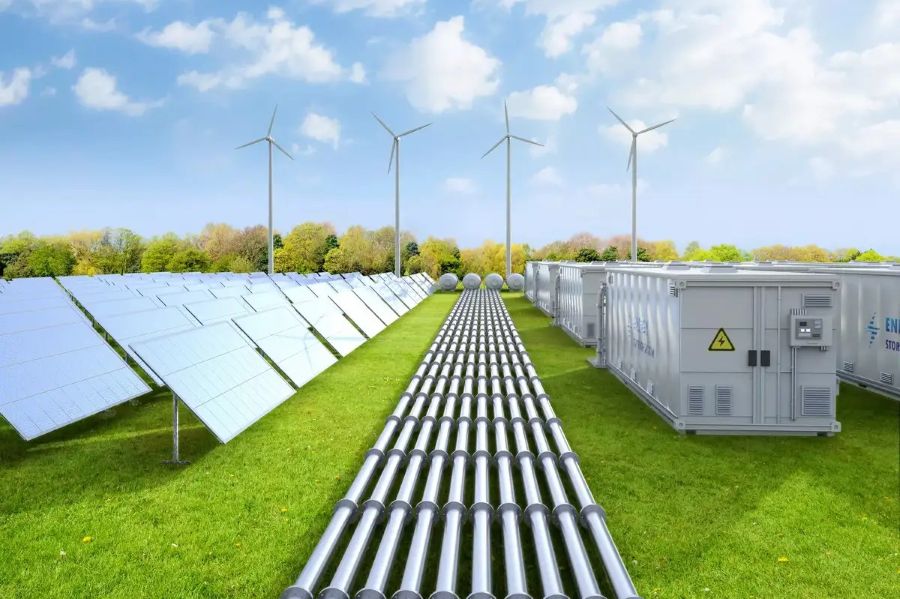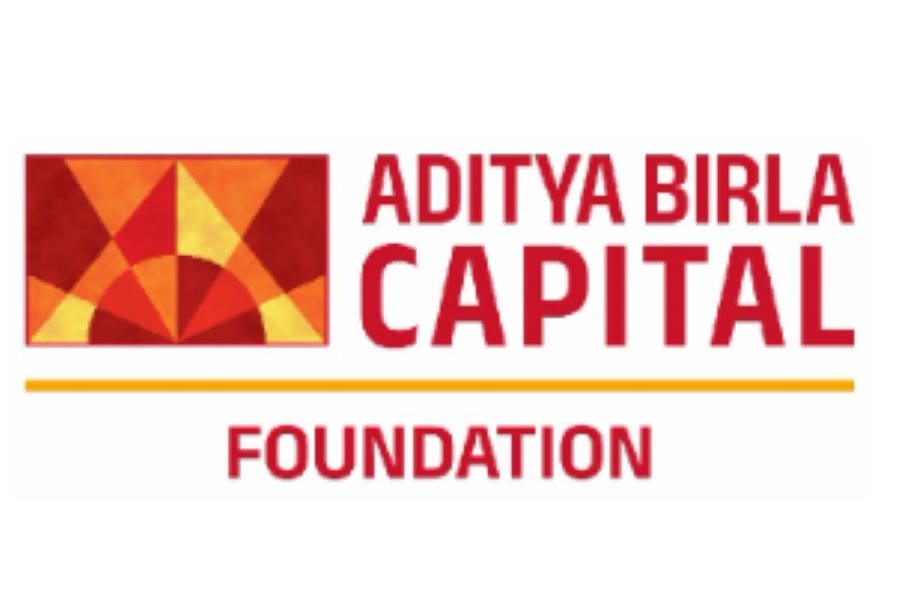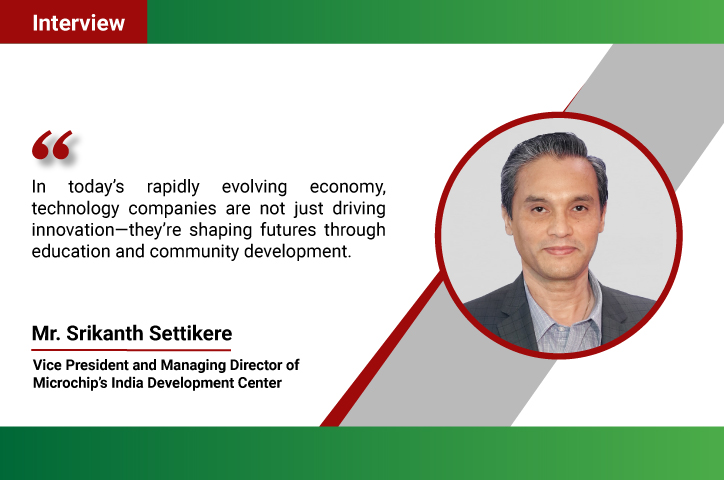New Delhi, June 9, 2025: Investments in India’s renewable energy, roads, and real estate sectors are expected to grow steadily over the current and next fiscal years, reaching approximately Rs 17.5 lakh crore, according to Crisil Ratings.
Krishan Sitaraman, Chief Ratings Officer at Crisil Ratings, noted, “What remains constant across these three sectors is the strong investment growth. Over this fiscal and next, investments may rise at ~15% annually, reaching ~Rs 17.5 lakh crore compared with ~Rs 13.3 lakh crore in the preceding two fiscals. While adapting to the new business dynamics will pose some challenges, credit profiles of Crisil-rated developers and projects would remain resilient.”
In renewable energy, there is a shift towards hybrid or storage-backed capacities to address the intermittency of power supply. Of the approximately 75 GW capacity expected to be added over the next two years, hybrids will constitute about 37%, a significant increase from 14% in the prior two years.
The roads sector requires an increase in project awards to sustain growth. For the National Highways Authority of India (NHAI) to return to its previous levels of around 6,000 km per year in awards and execution, private capital infusion via asset monetisation will be essential. The share of monetisation in NHAI funding is projected to grow to around 18% over the next two years, up from 14% previously. The monetisable asset base is estimated at Rs 3.5-4 lakh crore.
In residential real estate, demand is normalizing following a rapid post-pandemic recovery, with revenue growth expected at 10-12% annually. Premium projects are supporting realizations despite rationalizing volume growth. Commercial real estate is forecasted to see steady net leasing growth of 7-9% annually, driven by ongoing demand from global capability centres (GCCs) and domestic sectors. Annual net leasing demand is expected to exceed 50 million square feet by fiscal 2027.
However, the sectors face challenges. Renewable projects may be delayed due to right-of-way issues, approval delays, and equipment shortages, even as transmission capacity is being ramped up with planned capital expenditure of about Rs 1 lakh crore. Roads monetisation has had mixed results, with around 35% of toll-operate-transfer bundles not awarded, which could slow sector growth if delays continue. In residential real estate, new launches may increase inventory to 2.9-3.1 years, up from 2.7 years in fiscal 2024, potentially raising debt levels for some developers.
Manish Gupta, Deputy Chief Ratings Officer at Crisil Ratings, commented on the sectors’ credit profiles: “Robust operating performance over the past few fiscals and the consequent strong cash flows, have kept debt levels under control. Further, healthy investor interest, as evident from equity raise as well as asset monetisation, has enabled significant deleveraging of balance-sheets. Cumulatively ~Rs 2.1 lakh crore of equity capital has been deployed in these sectors over the past two fiscals driven by strong investor participation, supporting the credit profiles of developers and projects.”
For renewables, despite expected debt growth due to capital intensity, stable operating performance should maintain net debt/EBITDA around seven times, with average debt service coverage ratios (DSCR) of 1.2-1.3. Operating toll road assets have strong cash flows and prudent capital structures, resulting in DSCR of 1.5-1.6, while road developers have reduced leverage with total outside liabilities to tangible net worth ratio estimated at 0.6-0.7 times.
In residential real estate, strong sales and asset-light business models have improved balance sheets, with debt to cash flow from operations expected to improve to 1.1-1.3 times. Commercial real estate credit metrics are also forecasted to strengthen, with DSCR of 1.9-2.0 times over the next two years.
Infrastructure investment trusts and real estate investment trusts have contributed to credit stability by pooling cash flows, limiting leverage, and providing regulatory oversight.
Overall, while investment growth in renewables, roads, and real estate may slow if identified risks occur, cash flows and balance sheets are expected to maintain current credit profiles without significant deterioration.


















.jpg)




